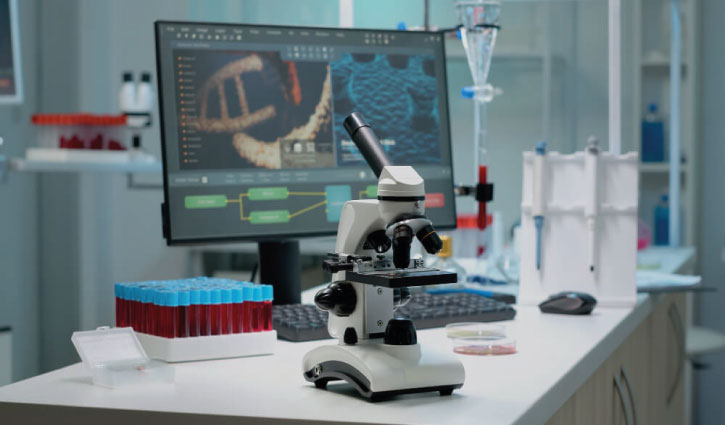Biomedical Device Systems And Technologies: The topics discussed under this heading cover important topics in the field of biomedical device systems and technologies. You can add more details and specific information under each heading and deepen on certain topics.

Introduction
- Biomedical devices are technological tools that significantly contribute to the diagnosis, treatment, and monitoring processes in the healthcare sector.
- Typically developed at the intersection of engineering and medical disciplines.
Categories of Biomedical Devices
- Imaging Devices:
- X-rays, MRIs, CT scans, ultrasounds, and similar technologies provide detailed internal images of the body.
- Patient Monitoring Devices:
- Devices like Electrocardiograms (EKGs), blood pressure monitors, and patient monitoring systems track vital parameters.
- Diagnostic Devices:
- Blood analysis tools, microscopes, genetic tests, and other devices are used for disease diagnosis.
- Treatment Devices:
- Devices such as insulin pumps, defibrillators, and surgical robots are employed for therapeutic purposes.
Biomedical Engineering and Design
- Material Selection:
- Choosing biocompatible materials optimizes the interaction between the device and the human body.
- Microelectronic Technologies:
- Microchips, sensors, and integrated circuits enable devices to be small-sized and highly sensitive.
- Design Process:
- Involves prototyping, testing, revising, and optimizing the design throughout the production process.
Regulation and Standards
- Biomedical devices are subject to strict standards set by regulatory bodies like the FDA, CE, and others.
- These standards focus on the safety, performance, and effectiveness of the devices.
Biomedical Ethics and Safety
- Emphasis on patient privacy, security, and ethical considerations during the use of biomedical devices.
Technological Advancements and Innovations
- Integration of new technologies like artificial intelligence, nanotechnology, and biosensors into biomedical devices.
- The role of the Internet of Things (IoT) in facilitating communication and data sharing between devices.
Education and Career Perspective
- Requirements for education, skills, and career opportunities for biomedical engineers and specialists.
Future Trends
- Expectations and predictions regarding the future development of biomedical device technologies.
This detailed review covers fundamental aspects of biomedical device systems and technologies, and each section can be further expanded with additional details and examples.
click for more information!











